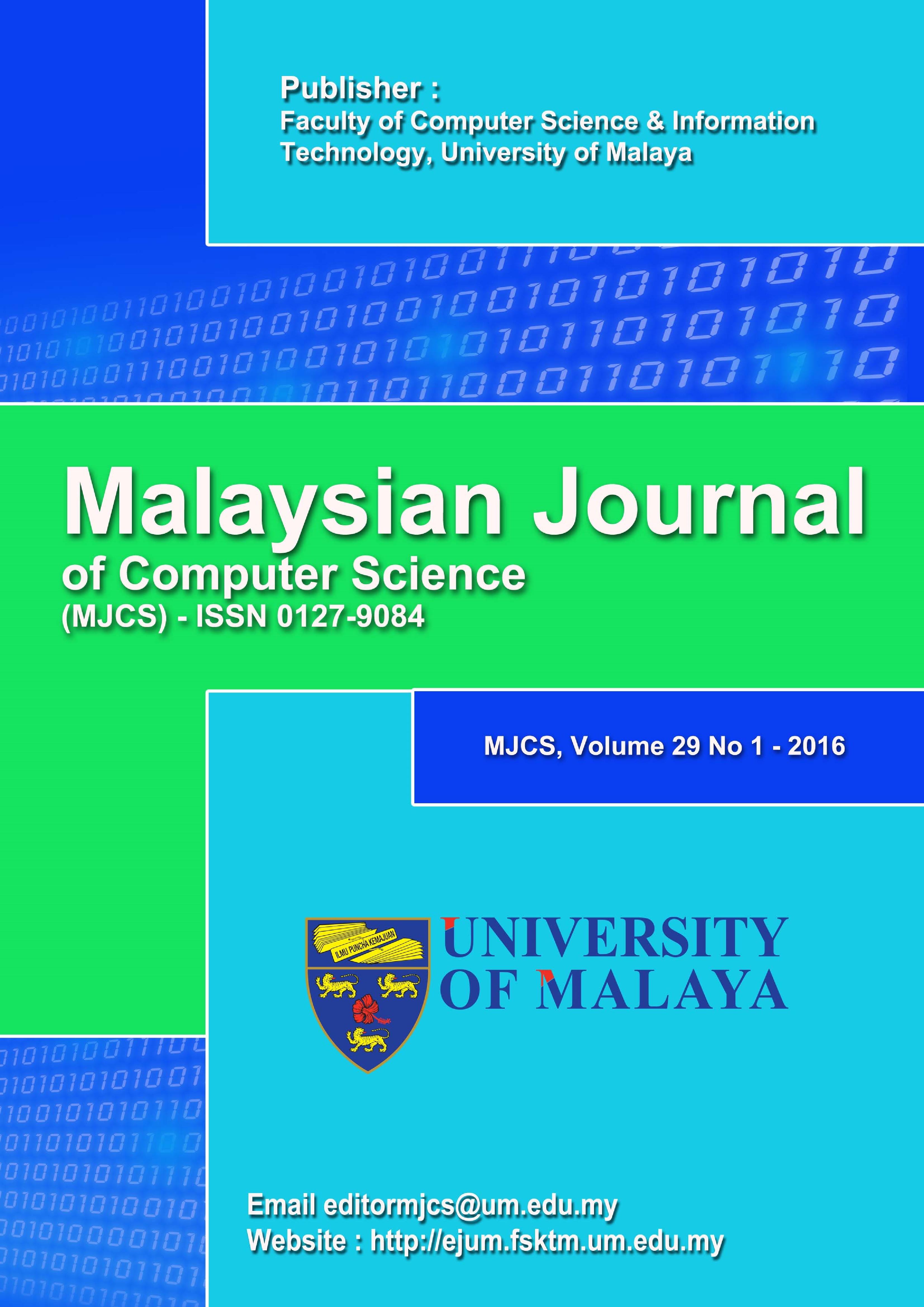EVOLUTION AND ANALYSIS OF SECURE HASH ALGORITHM (SHA) FAMILY
Main Article Content
Abstract
With the rapid advancement of technologies and proliferation of intelligent devices, connecting to the internet challenges have grown manifold, such as ensuring communication security and keeping user credentials secret. Data integrity and user privacy have become crucial concerns in any ecosystem of advanced and interconnected communications. Cryptographic hash functions have been extensively employed to ensure data integrity in insecure environments. Hash functions are also combined with digital signatures to offer identity verification mechanisms and non-repudiation services. The federal organization National Institute of Standards and Technology (NIST) established the SHA to provide security and optimal performance over some time. The most well-known hashing standards are SHA-1, SHA-2, and SHA-3. This paper discusses the background of hashing, followed by elaborating on the evolution of the SHA family. The main goal is to present a comparative analysis of these hashing standards and focus on their security strength, performance and limitations against common attacks. The complete assessment was carried out using statistical analysis, performance analysis and extensive fault analysis over a defined test environment. The study outcome showcases the issues of SHA-1 besides exploring the security benefits of all the dominant variants of SHA-2 and SHA-3. The study also concludes that SHA-3 is the best option to mitigate novice intruders while allowing better performance cost-effectively.
